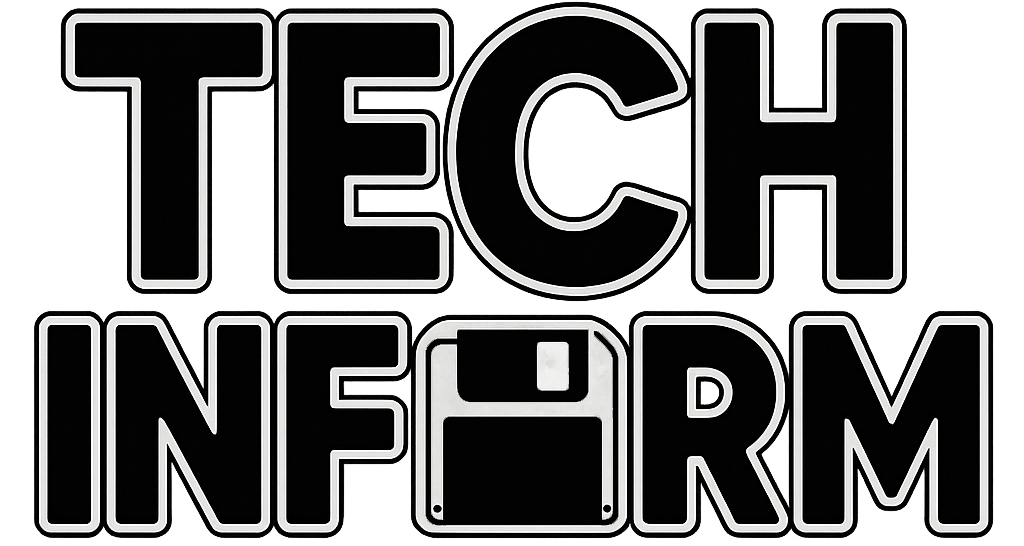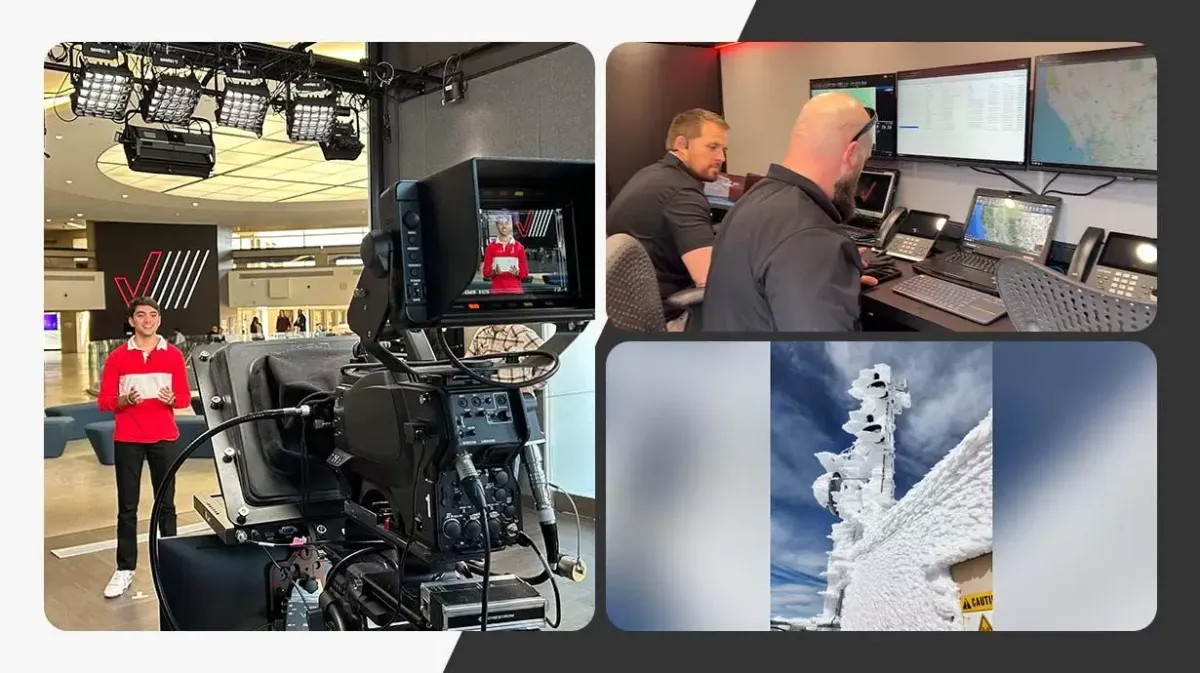At NAB 2025 in Las Vegas, Verizon Business made a big splash, unveiling what it’s calling a “first-of-its-kind” mobile Private 5G solution for broadcasters. It’s a portable setup packed with AI, built on NVIDIA’s computing platform, and designed to solve a lot of the pain points in live broadcasting—from camera feed overload to unreliable connectivity in the field.
Sounds great on paper. But as with most big trade show reveals, it’s worth stepping back and asking: does this actually change the game, or is it just a flashy demo?
Let’s dig in.
What Verizon’s Pitching
The core idea is a mobile, environmentally controlled Private 5G network built for live content production. Verizon says it can manage multiple camera feeds on-site, prioritize key moments using AI, and make it easier for producers to focus on what matters most—without needing massive infrastructure or relying on public networks.
It’s built on NVIDIA’s accelerated computing stack, including AI Enterprise and Holoscan for Media. The demo includes partners like FanDuel TV, Haivision, and Ericsson to help show the real-world potential.
The concept is strong: bring high-speed wireless and AI intelligence to the field, make it portable, and let production teams move faster.
But there are some big questions here.
Portable Private 5G: Is That Really Practical?
Private 5G means creating a standalone network that’s separate from public mobile service. It uses dedicated spectrum—C-band, CBRS, or millimeter wave—to give you low-latency, high-performance wireless in a local area.
The benefit? Total control over the network. The challenge? Getting it set up.
These bands come with their own complications. CBRS often needs coordination, mmWave has terrible range and can’t penetrate walls, and C-band is tightly managed by the FCC. A “portable” setup sounds good, but in practice, it may still require spectrum planning, setup time, and technical support to run properly.
That’s a lot to ask when you’re trying to cover a live event in a hurry.
What About News Crews? They’re Already Solving This
Here’s a key point Verizon didn’t really address: news networks already have a pretty reliable solution for this problem.
Most modern field reporting doesn’t use satellite trucks anymore. Instead, reporters use bonded cellular systems—gear that combines LTE and 5G signals from multiple carriers at once (Verizon, AT&T, T-Mobile, etc.) to create a single, super-resilient connection.
That redundancy is critical. If one network goes down or gets congested, the others pick up the slack. These setups are small, field-tested, and incredibly reliable. They’ve been used in breaking news situations all over the world.
Now compare that to Verizon’s Private 5G pitch—which depends entirely on one carrier’s tech, with no fallback. That’s going to be a tough sell for newsrooms who need to know their live shot will work no matter what.
Even if the AI is great at picking camera angles, it won’t mean much if the feed drops.
The AI Angle: Useful, But Let’s Be Real
One of the flashiest parts of Verizon’s announcement is the AI-powered camera prioritization. Using NVIDIA’s platform, the system can scan multiple live video feeds and highlight the most compelling moments automatically.
That’s an interesting tool for sure—especially in multi-camera sports or event production. But how useful is it in reality?
AI in video workflows is still pretty early-stage. You can train it to recognize motion, faces, and logos, but it’s not going to fully replace a live director’s instincts. And if something goes wrong, it’s not as easy as just saying, “oh well, the AI missed it.”
Also worth asking: how much computing power is packed into this mobile setup? Running real-time inference on multiple video streams takes serious hardware. If this is meant to be portable, what’s powering it, and how long can it actually run in the field?
Will Any of This Help the Average Verizon Customer?
Not directly—at least not for now.
This is an enterprise product built for broadcasters and large production teams. It doesn’t connect to the public Verizon 5G network, so it won’t magically improve your phone signal or your Verizon 5G Home Internet performance.
That said, some of the technology concepts could trickle down eventually. Smarter bandwidth management, edge computing, and AI optimization could find their way into consumer products over time. But don’t expect this to impact your day-to-day usage anytime soon.
Partners and Demos: Real Use or Just Marketing?
Verizon name-dropped FanDuel TV, Haivision, and Ericsson as partners in this launch. But it’s not clear if these companies are actively deploying the system in the field, or just lending their names to a NAB demo.
There’s a big difference between a live field test during a real event and a tightly controlled tradeshow setup.
Until we see this system working in real-world environments—under pressure, with real deadlines—it’s hard to call it “industry-defining.”
Cost and Complexity: The Elephant in the Room
One thing Verizon didn’t mention in the announcement? The price tag.
This setup is running NVIDIA enterprise hardware, AI platforms, and custom wireless infrastructure. That’s not going to be cheap. And for smaller broadcasters or regional news teams, cost is a big deal.
There’s also the complexity of setup and operation. Who’s managing the network on-site? Who’s troubleshooting when something breaks? If it needs a tech team just to run, it’s not exactly “plug and play.”
Final Take
Verizon’s new Private 5G solution is an ambitious move into the future of live production. There’s a lot to like about the vision—more flexibility, smarter tools, faster workflows.
But there’s also a lot to prove.
News crews and broadcasters already have solid tools that work across multiple networks and require no special setup. AI is promising, but far from foolproof. And setting up a full-on private 5G network—no matter how portable—isn’t as simple as flipping a switch.
So for now, this feels like a promising prototype, not a must-have product. Let’s see how it performs outside the booth—when the lights aren’t perfectly staged, and the signal isn’t guaranteed.
Keep following TechInform.us for more NAB 2025 coverage and the tech that actually holds up when it’s go time.

